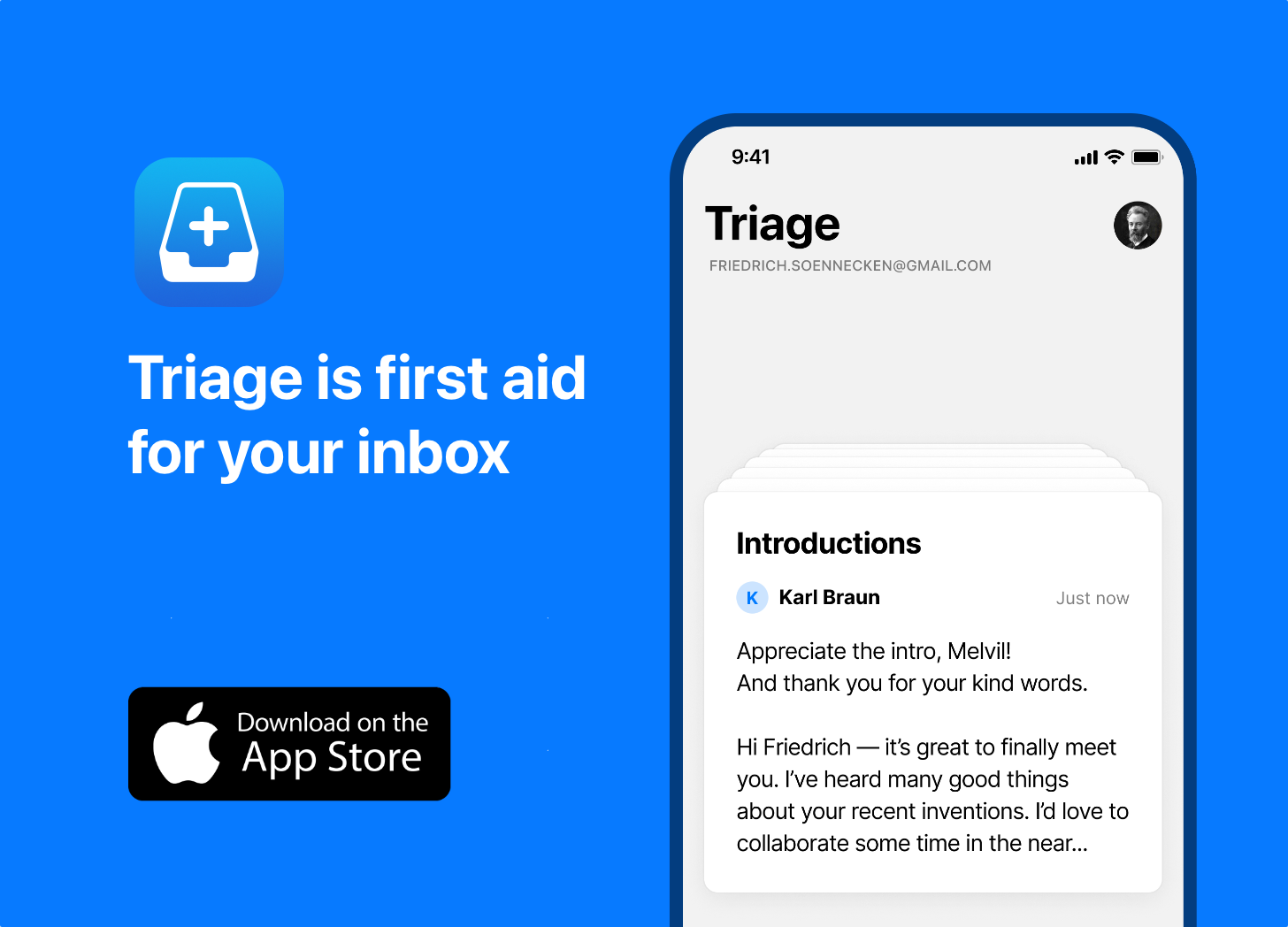This is the first part of a three part series about the past, present and future of Windows Media Center.
- Part I - Past
- Part II - Present
- Part III - Future
I remember the exact moment that I fell in love with Windows Media Center.
I was at TechEd in Amsterdam in 2003.
I had a few hours to spare one afternoon and so ventured into the exhibit hall. I didn’t get any further than the Microsoft stand, where they a Media Center setup complete with big leather sofa and a large LCD TV.
Like all great software, when I first saw it and used it, it seemed like magic.
When you boil it down it’s just a computer connected to a TV and remote, but the way you interact with it makes it feel like something completely different.
Microsoft talks about Media Center having a “10 foot” interface. In other words, an interface which is designed to be used from 10 feet away, as opposed to the standard “2 foot” interface that you use sitting at a desk.
What’s different?
Firstly, everything is big.
All of the buttons and text is super-sized, so everything is clear and obvious even from a distance.
There are significantly fewer elements in the user interface than you would normally expect.
It is designed to be navigated quickly using a remote control rather than a mouse and keyboard.
When you select an option on the screen whole viewpoint changes, often with an animation to make it obvious that you’re moving from one place to the next.
Spaces are filled with gradients, colour and very subtle animation rather than grey boxes and whitespace. The background animation, which you won’t even notice unless you’re really paying attention, also serves as a screen saver of sorts.
The menus are specifically designed for larger widescreen displays - so the items tend to run left-to-right rather than top-to-bottom - meaning they make use of all of the space available.
Most importantly, the interface brings together all of your content and puts this front and centre - all of your photos, all of your video, all of your music, and all of your television, with an integrated electronic program guide (EPG) and the ability to record and time shift shows plus pause and resume live television.
Needless to say, I wanted one!
When I got back to NZ it became my project.
If you want to see the future of technology look at things that the hobbyists are tinkering with. In 2004 Media Center was definitely in that category.
Nobody was selling Media Center as a complete off-the-shelf package, so I had to buy the various components, including TV tuner card, infrared receivers and remotes, and try and put it all together myself. It took me several iterations to get it working at all, and even then that was only by the loose definition of “working”.
I spent a lot of time on forum sites like The Green Button looking for help with various problems (the name comes from the green button which is on all Media Center remotes as a one-click was to go “home”).
Getting the electronic program guide (EPG) to work reliably was a constant and complicated dance. Various people had hacked together different solutions and it was a matter of trying one option until it broke and then switching to the next. Even today, several years later, there is still no official EPG data feed for NZ, so getting it to work requires a bit of patience and knowledge of secret handshakes.
But by far the biggest issue was what people in the industry call WAF, or the Wife Acceptance Factor. This is not a project you can play with in the safety of your shed - you are putting a PC in the living room! When the TV blue screens at the wrong time it’s a very bad look.
And then there was the noise. I tried several different case designs, including a Shuttle PC and a funky looking Silverstone case, but all of them had cooling fans which created a constant, and very annoying, hum.
By the end of 2005 I was almost over it.
I decided to throw in the towel on the DIY approach and get some professional help:
Next: Media Center - Part II: Present
